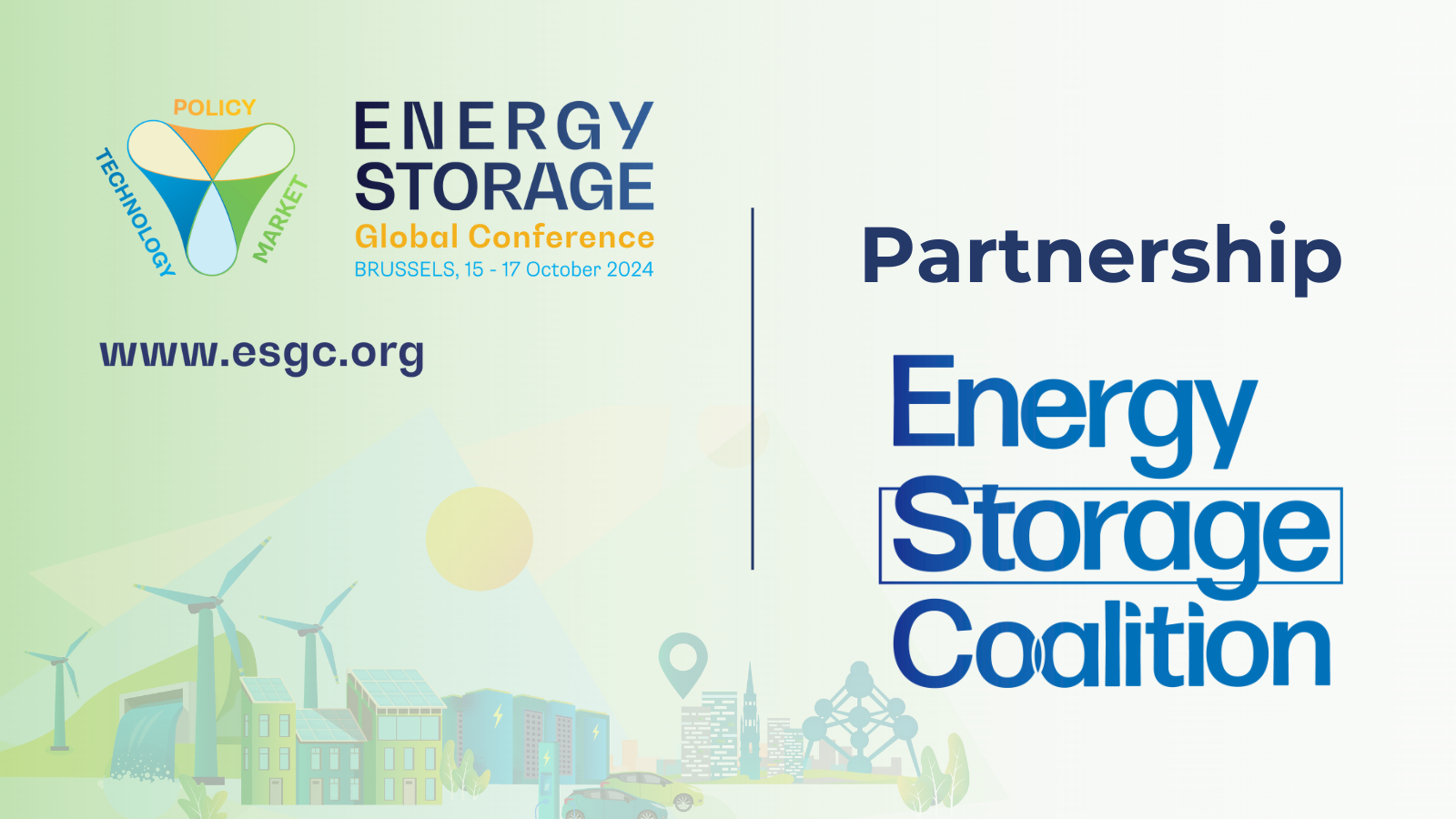Energy storage must radically change the way Europe addresses its growing energy system flexibility needs
 4
Oct
2023
4
Oct
2023
Welcome to an exclusive interview with Vasiliki Klonari, Head of Energy System Integration at WindEurope, the European trade association for wind energy.
In this interview, we explain why energy storage must radically change the way Europe addresses its growing energy system flexibility needs, and we highlight why this change is crucial for Europe to reach its climate goals in 2050.
In the name of flexibility, fossil-fuel assets keep polluting the European energy system, maintaining its dependency on risky geopolitical factors. We have the technical means to replace most of this polluting capacity as of today in a cost-effective way: this is with energy storage.
Vasiliki Klonari, Head of Energy System Integration at WindEurope
Hi Vasiliki, thank you for accepting this interview. Let’s dive right it, can you explain us what is flexibility? And why will Europe need more of to move towards a net-zero emissions energy system?
We call flexibility the ability of the energy system to balance energy demand with energy supply at any moment and across different time horizons, from very short term – over few milliseconds – to very long term – over several months or years.
Europe has decided that renewables-based electrification is the key to deliver climate neutrality by 2050. Electricity will directly cover 57% of final energy uses and provide another 18% indirectly through renewable hydrogen and its derivatives.
The increasing electrification of industry, transport and buildings along with the increasing shares of renewables will inevitably increase the variability of the residual load across all time horizons. Residual load is the total electric demand minus wind and solar generation. Ensuring that our system has enough flexibility is the way to address this growing variability.
But Europe’s choices for providing flexibility will be key for reaching net-zero. We will certainly need a diverse portfolio or resources but energy storage, short and long duration one, will play the biggest role as a flexibility resource.
How is Europe addressing its need for flexibility today?
As it stands, we have various resources of flexibility that can act across different time horizons. This includes dispatchable generation, mostly polluting assets such as fossil-fuel based generation, cross-border transmission lines, hydropower and pumped hydroelectric storage, nuclear and limited capacities of battery storage. Even state-of-the-art renewables often contribute to short-term flexibility needs.
Even though Europe has been successfully ramping up its renewable energy capacity, unfortunately it has been too slow in phasing out its polluting assets. Many of the latter remain in operation due to unambitious political decisions and misleading strategies at national level.
In the name of flexibility and back-up power such assets keep polluting the European energy system and maintaining its dependency on risky and random geopolitical factors. For example many countries are keeping in operation polluting assets only to use them, if needed, for very limited flexibility needs. In reality, we have the technical means to replace most of this polluting capacity as of today in a cost-effective way. This is with energy storage.
Why should energy storage radically change the ways Europe addresses its flexibility needs?
Flexibility and power back-up needs in Europe can be largely addressed with clean energy storage technologies. Several fully commercial and compatible with net-zero energy storage technologies can provide flexibility across all time horizons, from very short term to very long term. But we need to put the right policies in place – not only at the European but also at the national level – to make sure that these clean technologies attract adequate investment and rapidly replace polluting assets.
By replacing such assets with storage, we will not only address flexibility in a net-zero-compatible way. We will actually minimise Europe’s dependence on imported fuels that keep impacting our electricity market prices only in the name of flexibility and back-up power.
Which practices would you recommend at the national level to make sure that energy storage can be deployed at scale to address Europe’s energy system flexibility needs?
In March 2022 the European Commission published an excellent strategy for scaling up the deployment of energy storage. It also put forward very concrete points in its proposal for the Electricity Market Reform notably regarding support schemes for non-fossil flexibility and obligations for system operators to regularly publish information about renewables’ curtailment and available grid capacity for new connections.
These are provisions that can very efficiently drive investments in energy storage. Non-fossil flexibility support schemes can hedge CAPEX investments in storage projects. Public information about curtailment and grid capacity can give clear signals to investors and developers on the areas that mostly need storage capacity.
Now we need to make sure that these provisions will be adopted by the European Institutions. But also that Member States will take concrete steps to implement them. The third element that will be crucial is Member States putting clear rules and procedures for the co-location of renewables with storage. The Energy Storage Coalition will highlight best practices and challenges across Europe to support this process.
Check out our campaign Breaking Barriers




